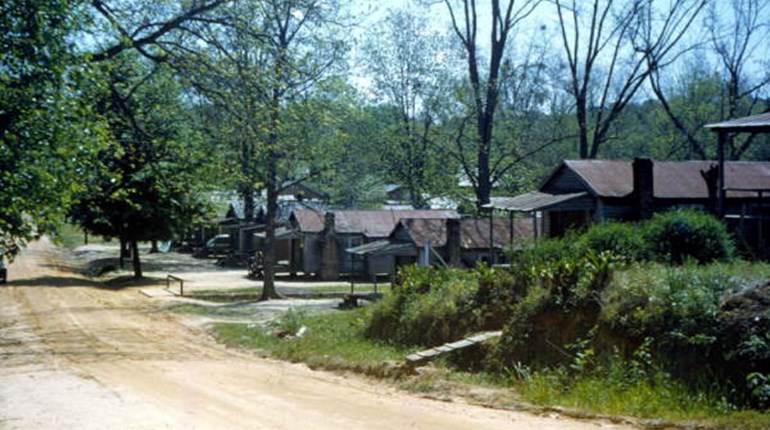(State Archives of Florida/Dodd)
Smokey Hollow was a Tallahassee district vivid with community, culture, and business from approximately 1890 to the 1960s. On what is now half of Cascades Park, this was a close community where residents had their own school and churches.
Attaining its name from common chimney smoke haze from cooking fires, Smokey Hollow district was a home to many blue-collar workers. This district was also the home to Nat and Cannonball Adderley, two prominent jazz and blues musicians residing in Tallahassee in the 1940s. With a community of approximately 500 people, culture was tight knit and music was plentiful.
Due to urban renewal in the 1960s, this neighborhood was destroyed by the 1970s to make way for the expansion of Apalachee Parkway and the Florida Department of Transportation building. By 1978, only two houses remained, that of John Riley and John Hicks, a black tailor who lived across the street from Riley. In 1978, the Riley House became the second house in Florida owned by an African American to be placed on the National Register of Historic Places. It is now the home to the John G. Riley Center and Museum.
In 2015, Cascades Park inaugurated a commemoration to the Smokey Hollow district, and within this a $1.3 million commemoration project was created to signify this community’s history. Open to the public, this completed Commemoration is accessible to all. Located on the north end of Cascades park, it resides on a block were Franklin Boulevard meets Meridian Street under the Apalachee Parkway overpass.
